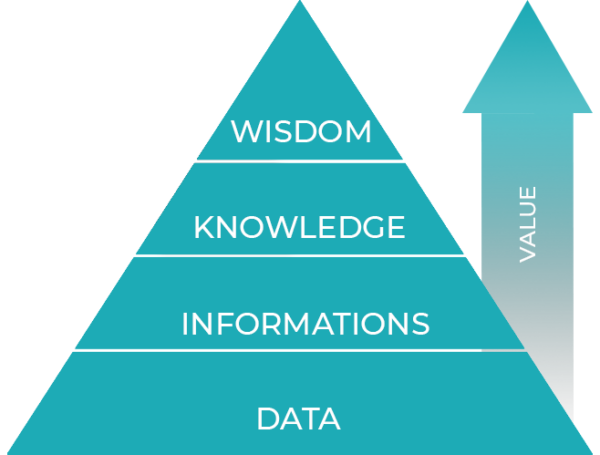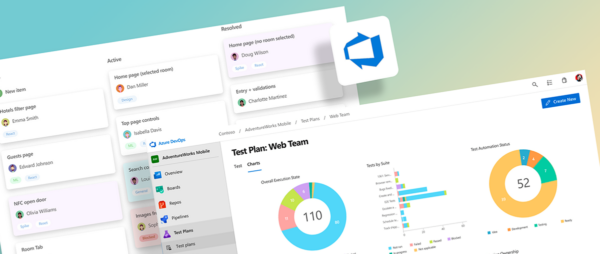What is Business Intelligence ?
Reading time : 3 minutesThe more your company grows, the more data it generates and the less easy it is to process. However, proper and regular analysis of this data is essential for an agile, competitive and efficient management of your organization.
BI is the acronym for Business Intelligence. This expression refers to all the strategies and technologies used by companies to collect, clean, model and present their data. The goal: to ensure that decision makers have all the information they need to make informed decisions.
In practice, BI offers a window to your company’s past, present and anticipated performance. It is used, among other things, to generate performance reports and to view data in the form of dynamic dashboards. But its potential is even greater: BI allows you to perform complex and multifactorial analyses, to compare your results with those of the industry, to perform predictive analytics or to identify new business opportunities.[1]
To facilitate strategic decision-making, BI enriches your data by giving it meaning and context, which transforms it into information. By establishing the appropriate relationships between the various pieces of information, they become knowledge that can guide your business decisions and strategies.

Data
Data is a collection of raw, disorganized facts. Example: 80, $1600 and 26112021 are data, but without context, they’re meaningless.
Informations
When data is put into context, they become meaningful and turn into information. Example: 80 items sold, a net profit of $1600 and November 26, 2021
Knowledge
By making connections between information, we understand how it can be used to achieve our goals. With this knowledge, a bridge between information and business strategies is created. Example, the Black Friday promotions on November 26 resulted in 80 items sold and a net profit of $1600, a 44% increase over the previous week. In our market, however, the average increase was 52%.
Wisdom
When knowledge is transformed into concrete actions, wisdom appears. Wisdom manifests itself in proactive and rationally explainable decisions. Example: considering the company’s business goals and market practices, the next Black Friday campaign will be more aggressive. The item chosen, the promotion in effect and the publicity surrounding the event, among other things, will be reviewed in light of all our knowledge.
BI Solutions
To get the most out of your data, certain issues need to be addressed: isolated data, incomplete information and biased reporting are some of them. Another, very common one, is related to silo management. If each department handles its data independently, it is likely that their respective leaders have different perceptions of what actions are required in the same situation.
Properly managing all of the data generated by an organization may seem like a daunting challenge, but the benefits are even greater. This is why more and more organizations are turning to BI solutions. Power BI, produced by Microsoft, and Tableau are among the most popular.
In general, BI solutions provide a number of strategic benefits:
- They highlight relevant information. BI solutions allow you to determine the areas that would benefit most from improvement, the company’s positioning within its market, the optimization of inventories and the most interesting business opportunities.
- They provide a global vision of the situation. The performance of the organization as a whole is summarized in the form of dynamic and customizable dashboards, presenting the most relevant KPIs for achieving your business goals.
- They centralize data. Data from various sources converge and are linked on the same platform. With regular and automatic updates, your team always has the information they need to make the best decisions.
- They streamline operational workflows. By linking all areas of your organization, you can optimize processes, tasks and activities.
- They quickly generate complex analyses. Among other things, a BI solution imports data from different sources, calculates statistics, presents them in tabular form, highlights your performance indicators (KPIs), performs predictive analytics and compares your results with historical or market data. This saves your team valuable time, which can now be spent on value-added tasks.
Considering implementing a BI solution in your company?
Contact our experts – they’ll be happy to discuss it with you!
Sources:





